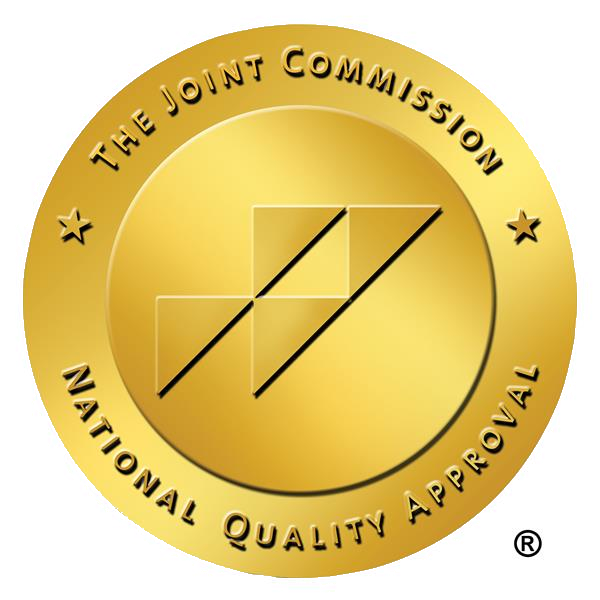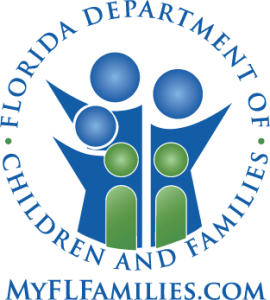Understanding Anxiety: Types, Symptoms & Treatments
In the complex landscape of mental health, anxiety disorders represent a profound challenge that spans across demographics, affecting individuals at every stage of life, including adolescents. These disorders manifest as more than temporary worries or fears; they are significant mental health disorders that can deeply impact both physical health and daily life. Characterized by intense anxiety attacks and pervasive self-consciousness, anxiety disorders are detailed in the Diagnostic and Statistical Manual of Mental Disorders (DSM-5), encompassing a range from generalized anxiety disorder to specific phobias and social anxiety disorder. Conditions such as selective mutism also fall under this umbrella, showcasing the diverse ways anxiety can affect individuals by severely limiting their ability to speak in certain social situations. The complexity of these disorders requires a nuanced understanding and approach to treatment, which often includes psychotherapy, talk therapy, anti-anxiety medications, and innovative methods like exposure therapy—a technique particularly beneficial for those dealing with phobias or social anxiety, by methodically exposing them to their fears in a safe and controlled environment.
The role of psychiatry and key institutions, notably the National Institute of Mental Health, is critical in enhancing our comprehension and treatment of anxiety disorders. These entities provide essential research and guidelines that pave the way for more effective interventions, offering hope to those affected. Among the common challenges faced by individuals with anxiety disorders are trouble sleeping and elevated blood pressure, symptoms that underscore the disorders’ impact on one’s overall well-being. Despite these hurdles, the concerted efforts of the medical community and the implementation of both short-term and long-term treatment strategies illuminate a path towards improvement. With the right combination of medical treatment, therapeutic interventions, and support, individuals living with anxiety disorders can find ways to manage their symptoms and reclaim a sense of control over their lives, demonstrating that, though the journey may be challenging, recovery and effective management are attainable goals.
Understanding Anxiety Disorders
Understanding the intricacies of anxiety disorders is crucial in the broader conversation about mental health. These conditions, which stand as some of the most prevalent mental health conditions, go beyond the garden-variety nervousness or stress that people navigate through their daily life. Anxiety disorders, including generalized anxiety disorder (GAD), panic disorder, social anxiety disorder, and others, are characterized by a profound and often overwhelming sense of intense fear and discomfort. This heightened state of anxiety does not just fleetingly pass; it lingers and intensifies, severely impacting individuals’ ability to engage in social situations, fulfill occupational or academic duties, and perform everyday tasks that many take for granted.
The Various Types of Anxiety Disorders
Diving into the complex world of anxiety disorders reveals a spectrum of conditions that significantly impact mental health. Each type of anxiety disorder comes with its own set of unique symptoms and triggers, affecting individuals in various aspects of their daily life. Understanding these distinctions is crucial for effective diagnosis and treatment.
Generalized Anxiety Disorder (GAD)
Generalized Anxiety Disorder (GAD) is characterized by persistent and excessive worry about a variety of topics, events, or activities. This worry is disproportionate to the actual likelihood or impact of the anticipated event and is difficult to control. Individuals with GAD often find themselves fretting over day-to-day concerns with an intensity that is debilitating, leading to physical symptoms such as muscle tension, trouble sleeping, and a constant sense of restlessness or being “on edge.”
Panic Disorder
Panic Disorder is marked by sudden and intense episodes of fear or discomfort, known as panic attacks. These episodes can peak within minutes, featuring symptoms like chest pain, heart palpitations, and a terrifying sensation akin to a heart attack. The fear of experiencing another attack can lead to significant behavioral changes or avoidance of situations where attacks have occurred in the past.
Social Anxiety Disorder (Social Phobia)
Social Anxiety Disorder, also referred to as social phobia, encompasses an overwhelming fear of social situations. This fear is often rooted in worries about being judged, embarrassed, or scrutinized by others. As a result, individuals may avoid social interactions, which can severely limit personal and professional opportunities and affect their quality of life.
Specific Phobias
Specific Phobias are intense, irrational fears of particular objects or situations, such as heights (acrophobia), flying (aerophobia), or spiders (arachnophobia). These fears can provoke a panic response even though the individual recognizes that the fear is excessive or unreasonable.
Agoraphobia
Agoraphobia involves fear of places or situations where escape might be difficult or help might not be available in the event of a panic attack. This disorder can lead to avoidance of a wide range of spaces, from open areas and crowded places to traveling alone or being outside the home.
Separation Anxiety Disorder
Characterized by an excessive fear of being parted from those to whom the individual is attached, Separation Anxiety Disorder is not only prevalent among children but can also affect adults. This fear can significantly interfere with or limit an individual’s normal activities and relationships.
Related Conditions: OCD and PTSD
While Obsessive-Compulsive Disorder (OCD) and Post-Traumatic Stress Disorder (PTSD) are classified separately, they share commonalities with anxiety disorders, especially in their foundation of excessive fear and anxiety. OCD is marked by recurrent, unwanted thoughts (obsessions) and repetitive behaviors (compulsions) as attempts to soothe these thoughts. PTSD, on the other hand, results from exposure to a traumatic event, leading to prolonged periods of anxiety, flashbacks, and avoidance behavior.
By exploring the varied landscape of anxiety disorders, we gain a deeper understanding of the challenges faced by those afflicted. This knowledge is not only essential for healthcare providers and mental health professionals in offering targeted treatment options but also for the general public in fostering empathy and support for those affected. With increased awareness and effective treatment plans, individuals can manage their symptoms and lead fulfilling lives, highlighting the importance of prioritizing mental health in our communities.
Symptoms Spanning the Spectrum
The symptoms of anxiety disorders can be broadly categorized into emotional and physical symptoms. Emotional symptoms include persistent worry, difficulty concentrating, and feelings of anxiety that interfere with day-to-day activities. The physical manifestations are diverse, ranging from muscle tension and shortness of breath to rapid heartbeat and physical symptoms of anxiety like chest pain. These symptoms are not only distressing but can also mimic other health conditions, such as thyroid problems or a heart attack, complicating diagnosis and treatment.
Delving into the Causes
Understanding the causes of anxiety disorders involves examining a blend of genetic risk factors, environmental factors such as life events and traumatic events, and medical conditions that may exacerbate or mimic anxiety. This complex interplay makes it clear that anxiety disorders are not the result of personal weakness or a character flaw but are legitimate health problems that require understanding, treatment, and compassion.
Navigating Treatment Options
Treatment for anxiety disorders is diverse, encompassing psychotherapy, medications, lifestyle changes, and self-help strategies. Cognitive Behavioral Therapy (CBT) is particularly effective, helping individuals alter negative thought patterns that fuel anxiety. Medications, including antidepressants, benzodiazepines, and beta-blockers, offer relief for many, though they come with potential side effects. Integrating lifestyle changes, such as stress management and mindfulness techniques, along with the support of support groups, can also significantly improve outcomes.
The Healthcare Journey
Accessing care involves navigating the healthcare system, understanding the American Psychiatric Association guidelines, and working closely with a mental health professional to develop a treatment plan. This plan should be holistic, addressing not only the mental illness but also its impact on physical health and daily life.
Living with Anxiety
Living with an anxiety disorder means finding ways to manage symptoms in daily life. Relaxation techniques, mindfulness, and exercise are key components of self-help. Support from family members and loved ones is invaluable, as is the ability to navigate challenges like public transportation or other triggers with confidence and support.
Conclusion
Anxiety disorders, with their wide range of types, symptoms, and treatment options, present significant challenges but also the possibility of management and recovery. With the right approach, including psychotherapy, medications, and lifestyle changes, individuals can manage their anxiety and lead fulfilling lives. It’s essential to seek help, embrace support from loved ones, and remember that with treatment, mental health can improve dramatically.










